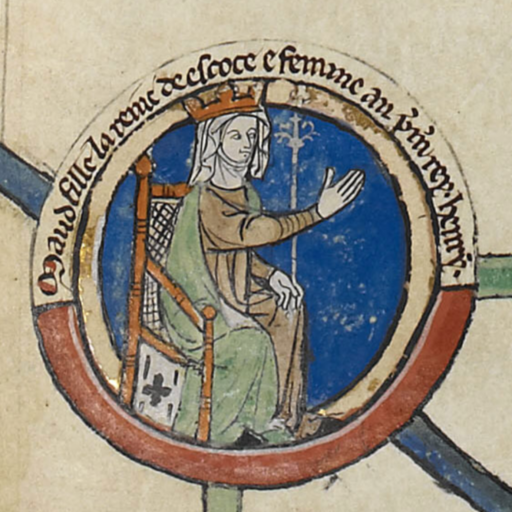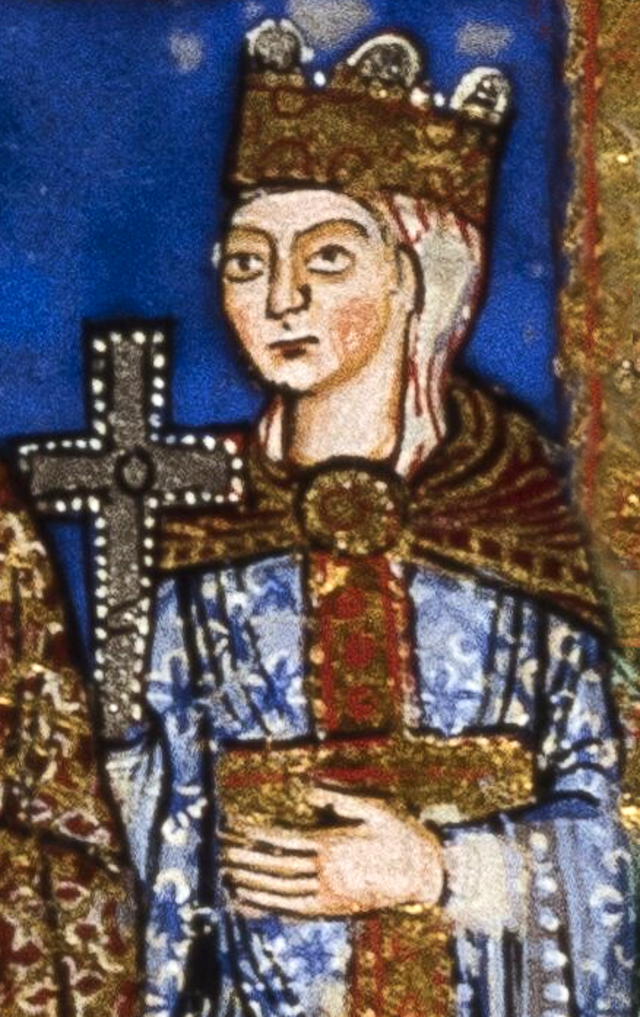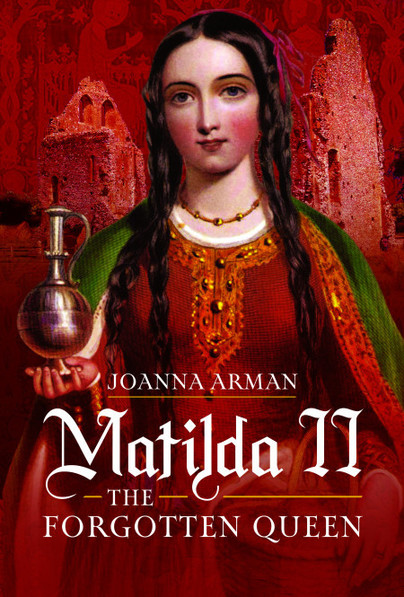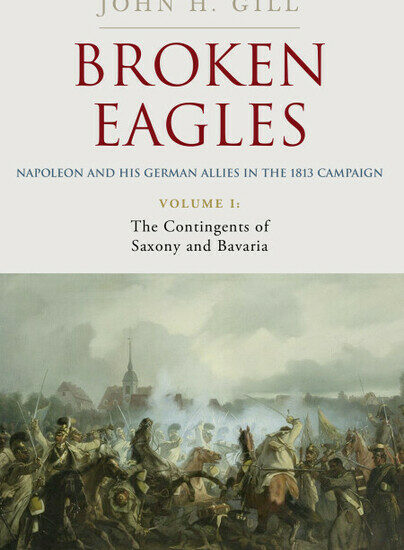Women’s History Month – Joanna Arman
5 Things you probably didn’t know about Matilda II
Matilda, born Edith, is one of the least-known Queens in all English history. She married in 1100, Henry I the youngest son of William the Conqueror. Matilda herself was a scion of the House of Wessex, the ancient English ruling dynasty established by Alfred the Great, and which lasted until 1066.
Despite this, and her important contributions to law, history and Literature was overshadowed by her husband’s second marriage, her controversial daughter and events which took place after her death. Matilda is undeservedly The Forgotten Queen.

1: She was born in Scotland and had Ukrainian ancestry
Henry I, the youngest son of Henry I saw marriage to Matilda as a means of uniting the new Norman ruling dynasty with the Old English House of Wessex. Matilda’s ancestry, though, was a lot more diverse than that.
Her mother was Saint Margaret, probably the most famous of all Queens of Scotland, and her father was Malcolm III, King of Scots. Margaret had been a Princess of the English royal blood and gave most of her children English names to reflect this. Matida’s birth name was in fact, Edith. She seems to have changed it to the Norman Matilda when she married Henry I.
Matida’s maternal grandmother was a woman named Agatha, sometimes known as Agatha of Kyiv. She by turn was a woman who hailed from the ruling house of the Kievan Rus.
2: She chose her own husband
Matilda’s marriage to Henry I, the youngest son of William the Conqueror, in November 1100 united the new, Norman dynasty with the ancient English House of Wessex. However, Henry and Matida’s marriage was anything but an arranged marriage of convenience.
Matilda not only wed Henry of her own free choice, but some sources also suggest that she personally rode to Canterbury to refute rumours that was not eligible to marry before the Archbishop of Canterbury himself. In 1100 Matilda was about twenty years old, which by 12th century standards was considered quite late for a woman to marry.
In fact, Matilda seems to have turned down previous suitors because she wanted to marry only Henry. One of those suitors was her husband’s close friend, William de Warenne, and she may even have avoided the attentions of Henry’s older brother, William II, Rufus.
3: She was highly educated, literate in at least 3 languages and was a patron of scholarship
Matilda was raised in Wilton and Romsey Abbey and spent time in the royal court. As a child, she learned English and Latin, and almost certainly Norman French during her time at the court of William II which also probably where she met her future husband.
During her time as Queen, she used her knowledge of English to help her husband’s administrators and legal officials understand and implement the laws and customs of England, most of which had been set down before the Conquest and were written in Old English. A language which they struggled to grasp since most were French speakers. Matilda became, almost by accident, a pioneer of the post-Conquest legal system.
William of Malmesbury, a 12th century monk and Historian later claimed that his most famous work, The Gesta Regia Anglorum or The Deeds of English Kings was written because of Matilda. She was a patron of Malmesbury Abbey and had commissioned the brothers to write up a genealogy for her, and then asked William himself to write a more detailed account of the lives of her royal ancestors.

4: Her daughter is more famous than her because her death caused a succession crisis
Matilda and Henry had only two children, a daughter, also named Matilda, and a son called William. Matilda’s namesake daughter is known to history as the Empress Maud and is famous for the long civil war she waged against her cousin Stephen for the throne of England.
This civil war, known as The Anarchy, only happened because of the death of Maud’s younger brother in a shipwreck in 1120. Although Henry I went on to remarry after the death of William, he never had any more legitimate children. Matilda had died in 1118, and though few realized it at the time, the succession crisis triggered by the death of her only son would overshadow Matida’s own life and legacy.
It is of course the civil war following her husband’s death which is better remembered, and her formidable daughter’s role in it. Maud is also often also considered to be more significant than her mother, because her own son assumed the throne as the first Plantagenet King, Henry II, in 1154.
Yet it was through her mother that Matilda was able to make her strongest, ancestral claim to the throne.
5: She is the ancestor of every English monarch since 1154.
Through her grandson, Henry II, Matilda was the ancestor of the great Plantagenet dynasty, and of the later, Tudor, Stuart, Hanoverian and Georgian monarchs, as well as our current King. Through her own descent from Alfred the Great Matilda is also the person through whom our present monarch can trace their descent back to Alfred the Great.
Matilda’s younger brother became King Alexander I of Scotland. He and his sister via constant was the ancestor of Robert the Bruce and of Mary Queen of Scots.
One more interesting fact about Matilda is that even if her daughter, Maud had lost the war against her cousin Stephen, a descendant of the House of Wessex would still have sat on the throne, because Stephen’s wife was none other than Matilda’s niece. The daughter of her younger sister, Mary.

Order your copy of Matilda II: The Forgotten Queen here.

